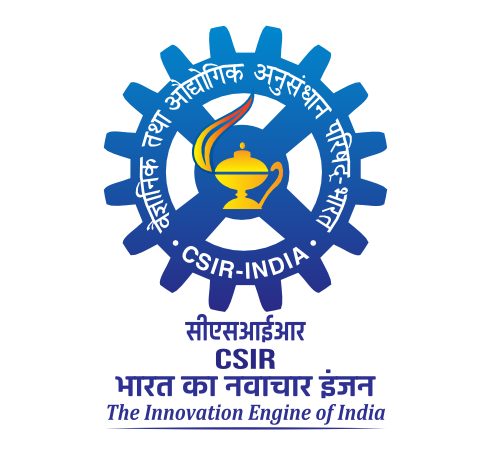Green synthesis of γ-aminobutyric acid using permeabilized probiotic Enterococcus faecium for biocatalytic application
Divyashri, Gangaraju and Anjanapura Raghu, V. and Prapulla Siddalingaiya, Gurudutt (2022) Green synthesis of γ-aminobutyric acid using permeabilized probiotic Enterococcus faecium for biocatalytic application. Nano Select, 3. pp. 1436-1447.
|
PDF
Nano Select - 2022 - Gangaraju - Green synthesis of ‐aminobutyric acid using permeabilized probiotic Enterococcus faecium.pdf - Published Version Restricted to Registered users only Download (1MB) | Request a copy |
Abstract
Probiotics are greatly exploited for use as biocatalysts to synthesize γ-aminobutyric acid (GABA). However, the permeability barrier of the cell envelope is considered to be one of the major hindrances in the effective production of GABA. The objective of this study was to evaluate the GABA producing ability of the permeabilized Enterococcus faecium NCIM 5593 cells. n-butanol treated cells for 10 minutes showed highest activity in comparison to the other solvents and/or detergents used. The optimization of process conditions for better Glutamate decarboxylase (GAD) activity revealed the optimum points to be n-butanol concentration (10%), cell concentration (60 g L-1 ), gutamate (8 g L-1 ), temperature (37◦ C) and pH (5). The predicted Michaelis–Menten model fitted well with the experimental results with a deviation of 0.16 and 0.05 for permeabilized and non- permeabilized cells, respectively. Kinetic data revealed that permeabilized cells (Vmax: 0.59 ± 0.02 g Lh-1 ; Km = 2.76 ± 0.07 g L-1 ) showed higher affinity for glutamate than non-permeabilized cells (Vmax: 0.18 ± 0.01 g Lh-1 ; Km = 4.65 ± 0.09 g L-1 ) as evidenced by Vmax and Km values. GABA produced using permeabilized cells were purified using ion-exchange chromatography and purified GABA (purity; 98.26%) was subjected for structural characterization studies using MS and NMR. Overall, the approach of using n-butanol as a solvent to improve cell permeability to enhance GAD activity showed a greater promise as a whole cell biocatalysts and the same could be employed for batch operations to decrease the cost of industrial GABA production.
| Item Type: | Article |
|---|---|
| Uncontrolled Keywords: | glutamate decarboxylase, ion-exchange chromatography, Michaelis–Menten model, n-butanol, whole cell biocatalysts, γ-aminobutyric acid |
| Subjects: | 500 Natural Sciences and Mathematics > 07 Life Sciences > 04 Microbiology > 02 Bacteriology 600 Technology > 08 Food technology > 16 Nutritive value > 02 Amino acids |
| Divisions: | Fermentation Technology and Bioengineering |
| Depositing User: | Somashekar K S |
| Date Deposited: | 06 May 2025 10:55 |
| Last Modified: | 06 May 2025 10:55 |
| URI: | http://ir.cftri.res.in/id/eprint/19321 |
Actions (login required)
 |
View Item |

